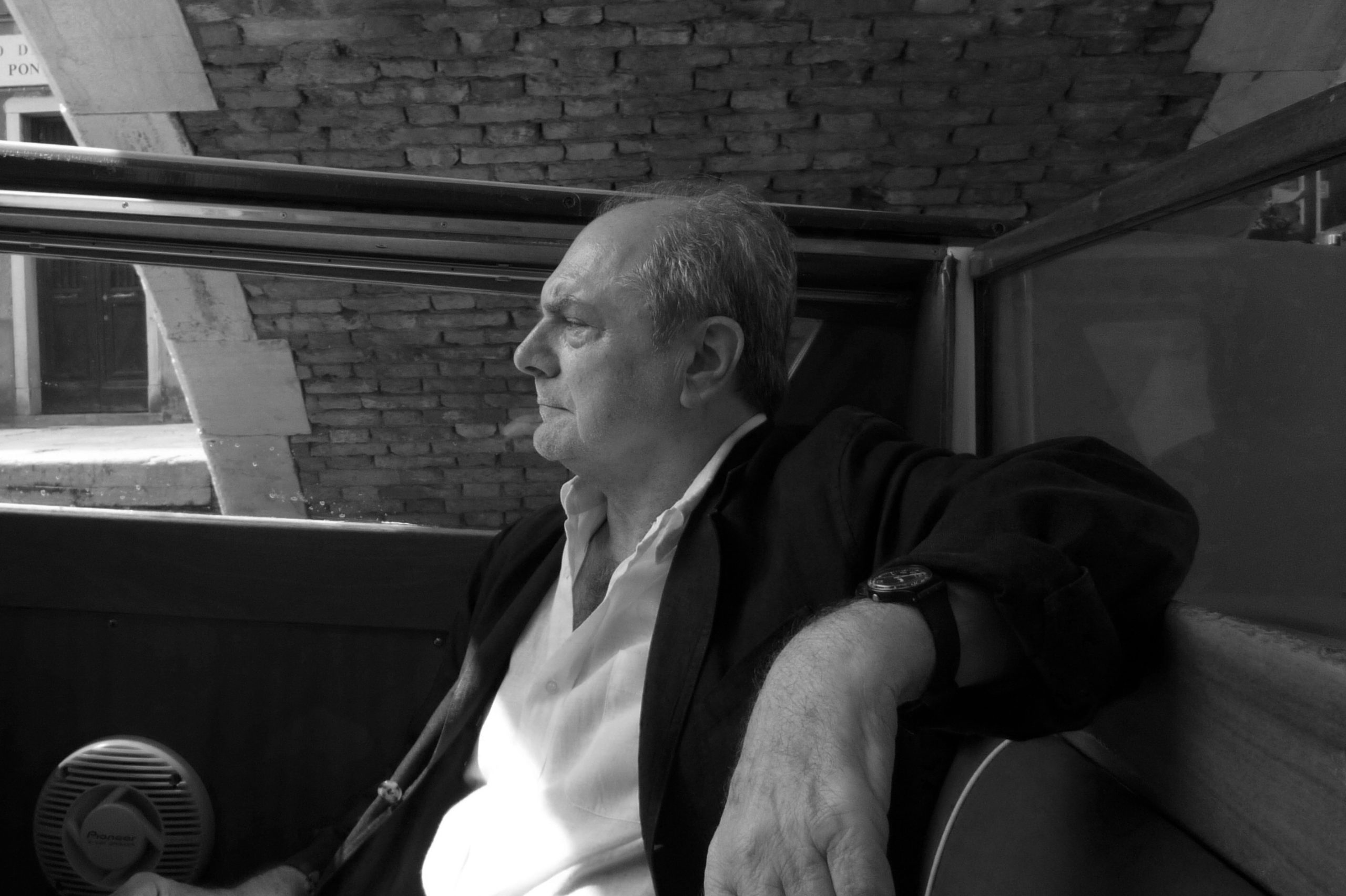White Rooms and Coloured Rooms
Massimo Carmassi
Buildings that have survived from antiquity are, with rare exception, the result of innumerable transformations that have increased their complexity and their material and historical value. At the same time, the process of physical and functional obsolescence make conservation and reclamation for contemporary use necessary. One of the most prominent and widespread phenomena, beyond the restructuring of interiors, consists in placing simpler decoration on top of plaster that was painted at the time of the original construction, arriving at a complete whitewashing in light colours over all surfaces, maintaining a few frescoed sections. Our projects allow for the recuperation of decoration hidden beneath layers of uniform colour without removing the most recent of the underlying layers, which may remain visible between more or less random lacunae. This praxis contributes to the writing of the buildings’ history, also allowing for the reclamation of an uncommon beauty alongside the appropriate and strictly necessary contemporary additions, which ensure satisfying usage and conservation over time.
Surfaces in Conservation. Images, identity, aesthetics
In a work of art, the correlation between the media and the expression of its aging may be considered as the function of a relationship established over time, in the dichotomy between authenticity and historicity. In the surfaces of art and architecture, this relationship represents the cultural site where the reflections and shifts in how we think about time take place. There are many physical aspects of this transformation, situated on the edge between cultural proposition and aesthetic experience.
The seminar is a collaboration between Università Iuav di Venezia, the Istituto Centrale del Restauro in Rome (ICR) and the Ministry of Culture (MiC), whose objective is an interdisciplinary consideration of conservation projects as a means (and not only a tool) for aesthetic experience.
The program reflects this theoretical assumption and will be made up of two sessions, considered as intersecting themes, Image and Material in the Work of Art, and Image and Construction in Architecture. Within this discussion, through presentations and conversations addressing the metaphor of surface as cultural project site, the speakers will examine various fields of knowledge – artistic practices, aesthetics, the history of art and art criticism, the history of architecture, theory and history of conservation, conservation techniques, petrology, architectural composition, urban planning, the philosophy of language and linguistic theory, archeology, and engineering as applied to cultural heritage.
